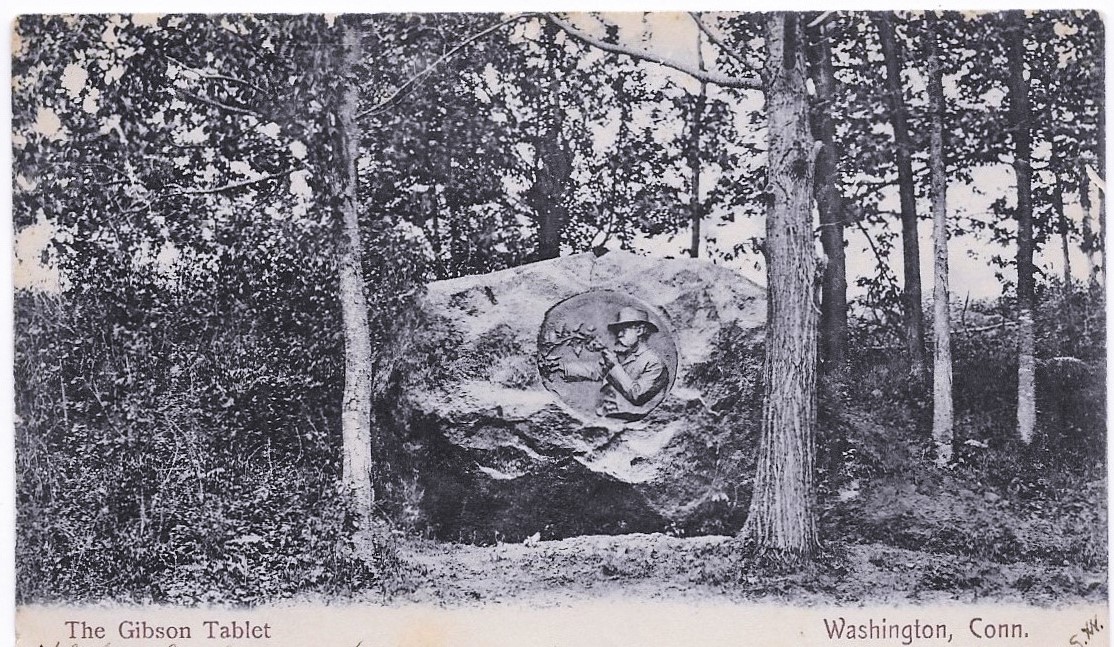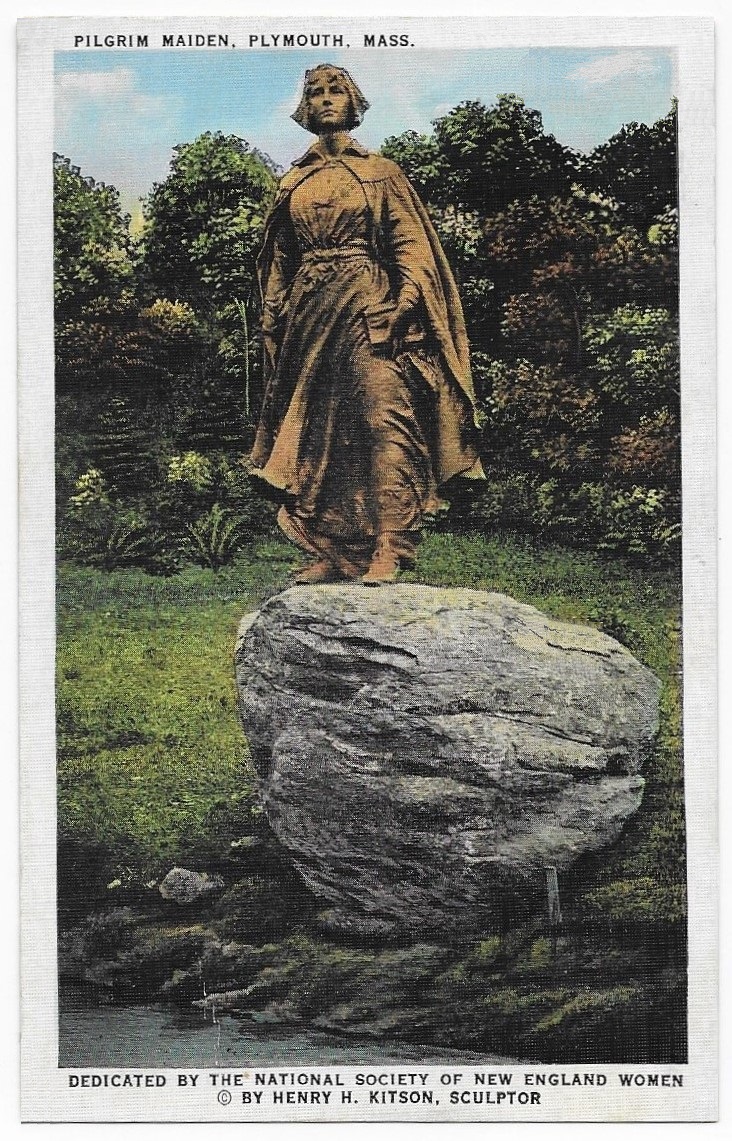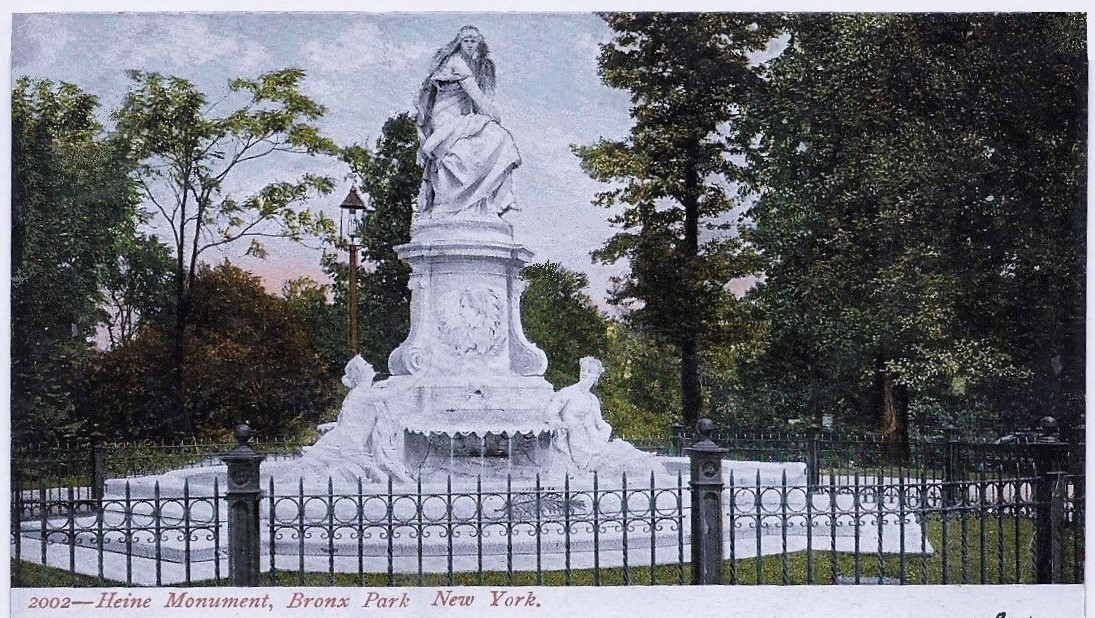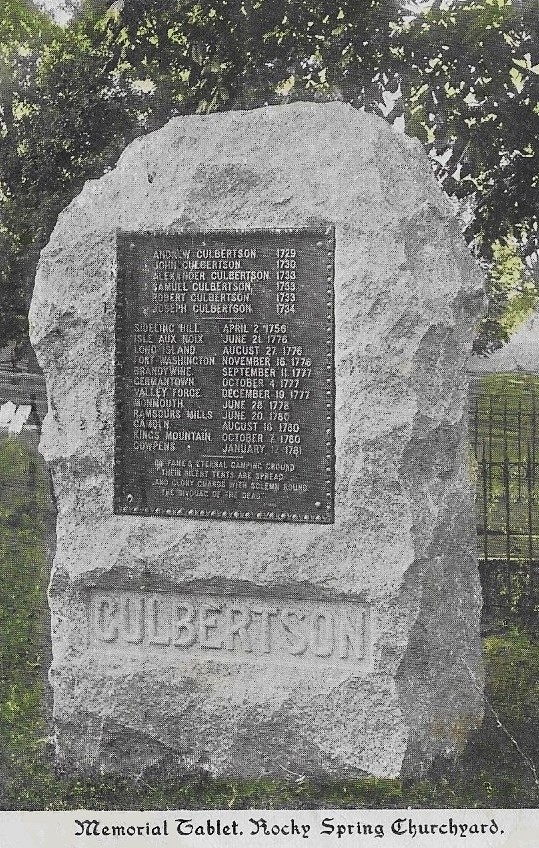
Historic Sites & Monuments
Places to visit history
Historical Monuments
The last quarter of the 19 th century saw a significant increase in the erection of public monuments, especially commemorations of historical persons and events. The growing population of towns and cities and concurrent increases in civic pride and rivalry, the accumulation of wealth in the “Gilded Age”, and the rapid advancement in public transportation, precipitated these increases.
In the decades following 1865, memorials to the large numbers of combatants lost in the Civil War were erected in thousands of northern cities. The centennial celebrations of significant events of the American Revolution led to additional monuments to heroes of that struggle. Additionally, by 1910, some eastern cities and towns were reaching celebrations of their founding which sometimes led to the erection of memorial arches or other celebratory structures.
The waves of immigration in the last quarter of the 19 th century and the early years of the 20 th century led to memorialization of places and persons important to specific ethnic or national groups.
Early settlements, pioneer leaders, and sites of significant struggle were identified with plaques, designated parks, or constructed monuments. Towns which were settled primarily by members of a particular national group often erected statues commemorating artistic, scientific, or literary giants of that nationality.
Nationally, efforts to commemorate a shared American history led to successive efforts to create places of patriotic pilgrimage, such as Plymouth, Massachusetts or Mount Vernon, Virginia.
Proposals to re-create the colonial town of Williamsburg, Virginia began in the early twentieth century.
Although Presidential birthplaces and libraries were not yet incorporated into a national association, many sites related to presidents were maintained by state, local, or private associations.
Finally, the ideals of religious liberty in the United States had been a magnet to hundreds of religious groups or sects. Many of these religious groups remembered their pilgrimage to the New World with monuments marking early settlement, “mother churches”, sites of important sermons, addresses, or “awakenings”, or the foundation of religious denominations or foundations.





“Peaches and Marmalade …and Revolution” – Washington, DC (1909)
